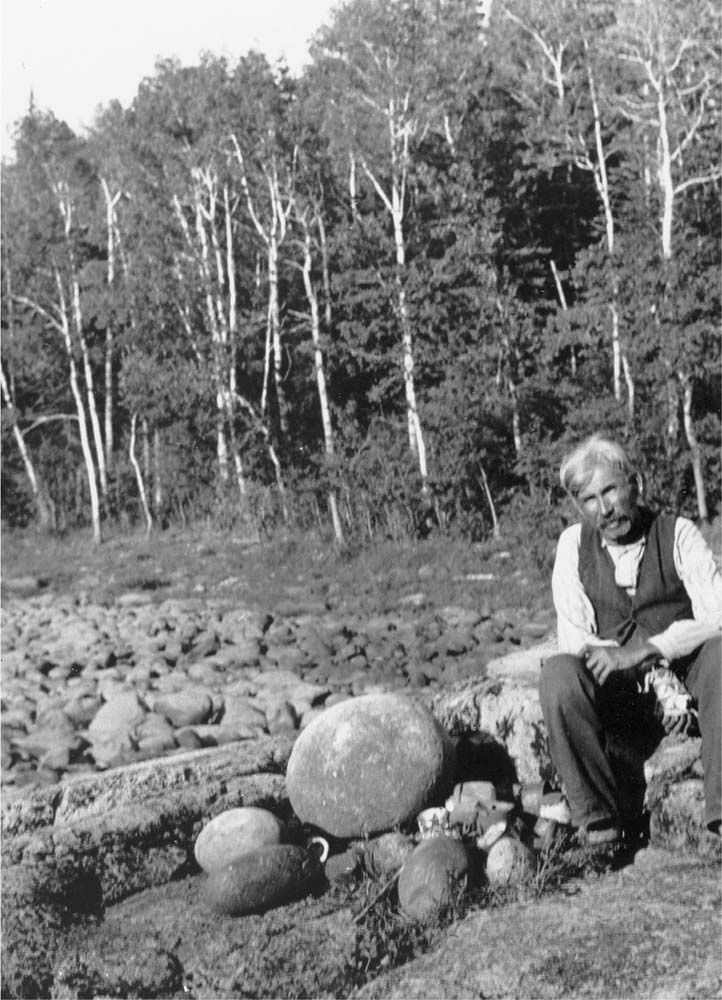Words are brought into relation according to recognised rulesand thus give language. Language is that by means of whichwe describe or record intelligently. Records represent know-ledge, they give information, information belongs to our businessmaterials; we use it, we apply it, hence we group it into classesto make it accessible, we index it. Broadly speaking literatureis the result of1 observation of concretes2 translating our observations into language.
While Kaiser's definition of literature presumes letters and writing, his use of it doesn't narrow it down to require literacy, it speaks only of observations and language.
Similarly his use of "records" doesn't need to only to require writing.
As such, the description here of recording information, while applicable to literate cultures, leaves plenty of room for oral cultures who use similar systems to do the same thing.
Songlines and related mnemonics are certainly means of indexing information.
 Chief William Berens seated beside the living stones of his elders; a picture taken by A. Irving Hallowell in 1930, between Grand Rapids and Pikangikum, Ontario, Canada. (American Philosophical Society)
Chief William Berens seated beside the living stones of his elders; a picture taken by A. Irving Hallowell in 1930, between Grand Rapids and Pikangikum, Ontario, Canada. (American Philosophical Society)